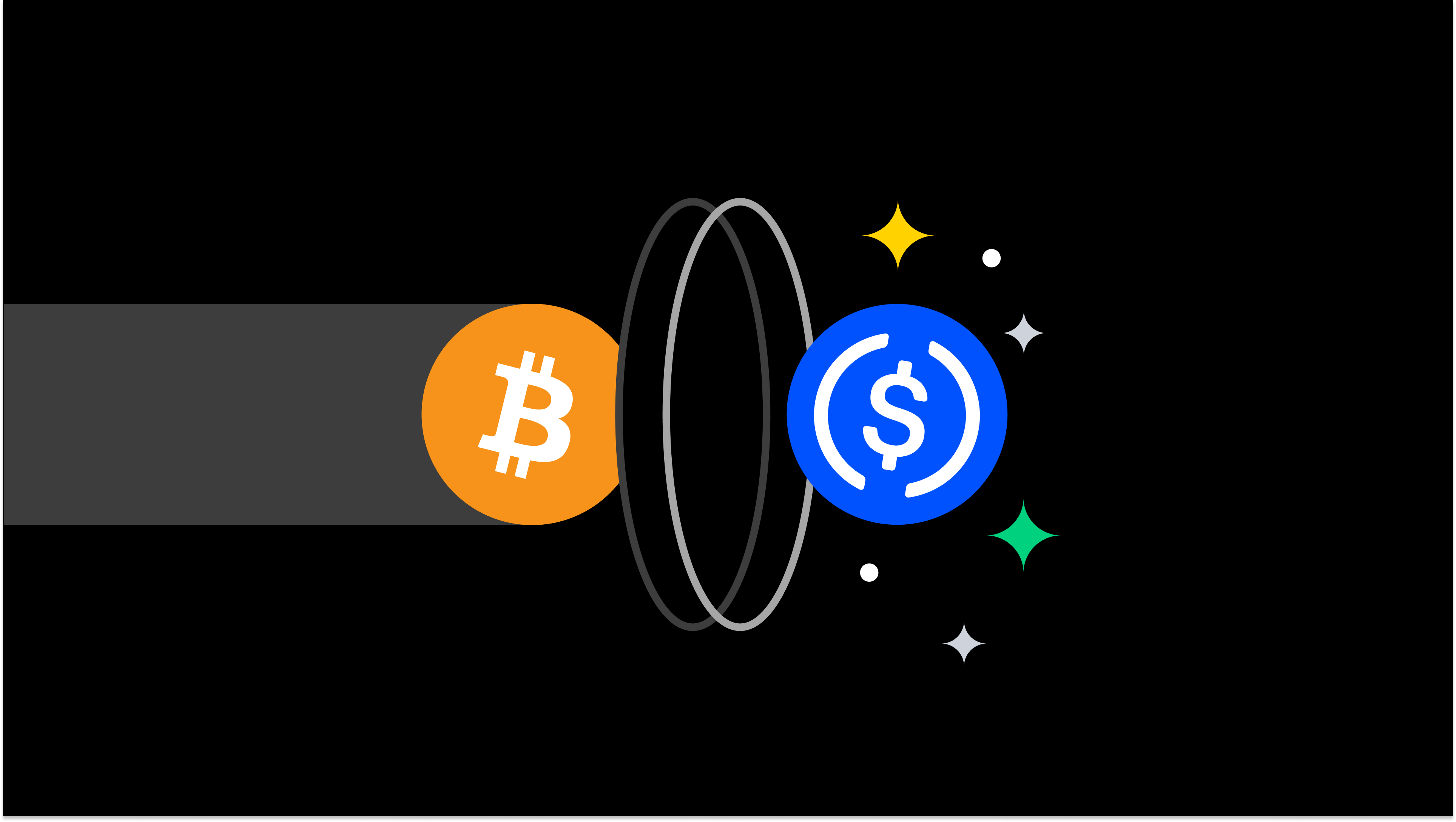Let’s dive into the topic of Bitcoin-backed fiat loans, especially with Coinbase’s recent move into this space. As of January 16, 2025, Coinbase has launched a service allowing U.S. users (excluding New York) to borrow up to $100,000 in USDC—a stablecoin pegged to the U.S. dollar—using their Bitcoin as collateral. This is facilitated through the Morpho protocol on Coinbase’s Base blockchain, and it’s a blend of centralized and decentralized finance (CeFi and DeFi).
How It Works and Coinbase’s Potential Benefit
In this setup, you pledge your Bitcoin, which gets converted into a wrapped version called cbBTC at a 1:1 ratio, and then you borrow USDC against it. The loan requires over-collateralization—typically around 133% of the loan value in Bitcoin—to protect against price volatility. If Bitcoin’s value rises long-term, Coinbase benefits in a few ways:
- Ecosystem Growth: By keeping your Bitcoin in their ecosystem (as cbBTC), they deepen engagement with their platform and Base blockchain, driving traffic and fees.
- Interest Revenue: You pay variable interest on the USDC loan, which adjusts with market conditions. Coinbase and Morpho likely take a cut of this.
- Liquidation Profits: If Bitcoin’s price drops and your loan-to-value (LTV) ratio hits a danger zone (say, 86%), your collateral gets liquidated. Coinbase could profit from penalties or by acquiring undervalued Bitcoin during volatile dips.
As Bitcoin’s value climbs, Coinbase stands to gain from increased adoption and interest payments, especially if borrowers hold long-term rather than sell.
Is It Smart to Take a Fiat Loan Backed by Bitcoin?
This depends on your goals, risk tolerance, and market outlook. Let’s break it down:
Pros
- Liquidity Without Selling: You keep your Bitcoin exposure while accessing cash for immediate needs—buying a car, funding a business, or even dodging taxable sales. If you’re bullish on Bitcoin, this avoids locking in gains at today’s price.
- Potential Tax Benefits: Selling Bitcoin triggers capital gains tax. Borrowing against it doesn’t, preserving your stack for future growth.
- Flexibility: Coinbase’s loans have no fixed repayment schedule—just pay interest and principal when you can, as long as your LTV stays healthy.
Cons
- Liquidation Risk: If Bitcoin’s price crashes, your collateral could be sold off to cover the loan, leaving you with less Bitcoin (or none) and a penalty fee. With an 86% LTV liquidation threshold, a 14%+ drop could trigger this, depending on your initial ratio.
- Interest Costs: Variable rates mean you’re at the mercy of market dynamics. If rates spike, your loan gets pricier.
- Opportunity Cost: Your Bitcoin is locked up. While it can still “grow” in value (more on that below), you can’t trade or move it freely until the loan’s repaid.
If you believe Bitcoin will rise significantly long-term (say, 5-10 years), borrowing now could make sense—use the fiat for something productive, repay later with “cheaper” dollars as Bitcoin’s purchasing power grows. But if you’re risk-averse or expect a bear market soon, the liquidation risk might outweigh the benefits.
Does Your Bitcoin Still Grow in Their Possession?
Yes, in a sense—its value can still grow, but it’s not “working” for you in the traditional sense. Here’s the deal:
- Price Appreciation: Your Bitcoin, now as cbBTC, tracks Bitcoin’s market price 1:1. If Bitcoin jumps from $90,000 to $150,000, your collateral’s value rises accordingly. You don’t lose that upside unless liquidated.
- No Additional Yield: Unlike staking or lending platforms (e.g., Nexo or Aave), Coinbase doesn’t pay you interest on your collateral. It’s just sitting there, securing your loan.
- Custody: It’s held in Coinbase’s ecosystem via Morpho. You don’t control it directly, but it’s not like they’re rehypothecating it (lending it out again) either—it’s locked for your loan.
So, yes, it grows in nominal value if Bitcoin’s price rises, but you’re not earning extra returns on it. That’s a trade-off compared to keeping it in a personal wallet or a yield-generating protocol.
If It’s on the Exchange Anyway, Why Not Get a Loan?
If your Bitcoin’s already on Coinbase, taking a loan could be a no-brainer under the right conditions:
- Convenience: You’re already trusting Coinbase with custody, so the extra step to borrow is seamless—takes under a minute, they say.
- Maximizing Holdings: Why not leverage what’s there? If you’re not planning to move or sell it soon, borrowing turns idle Bitcoin into usable fiat.
- Risk Alignment: The custody risk (e.g., exchange hacks) is the same whether it’s sitting or collateralized. The loan just adds market risk (price drops).
But here’s the flip side: if it’s on the exchange, you’re already exposed to counterparty risk. Piling on a loan adds leverage risk—doubling down on potential downsides. If you’re uneasy about centralized custody, moving to a hardware wallet might outweigh the loan’s appeal.
Final Thoughts
Coinbase’s Bitcoin-backed loans are a slick way to tap liquidity without selling, and they’re betting on long-term Bitcoin growth to fuel their platform. For you, it’s smart if:
- You’re bullish on Bitcoin and can stomach volatility.
- You need fiat now but don’t want to cash out.
- You’re OK with Coinbase holding the keys.
If Bitcoin’s already on their exchange, a loan could be a practical move—why not put it to work? Just watch that LTV ratio like a hawk and have a repayment plan. The Bitcoin itself still “grows” in value if the market cooperates, but the real question is whether the loan’s utility outweighs the risks for your situation.

